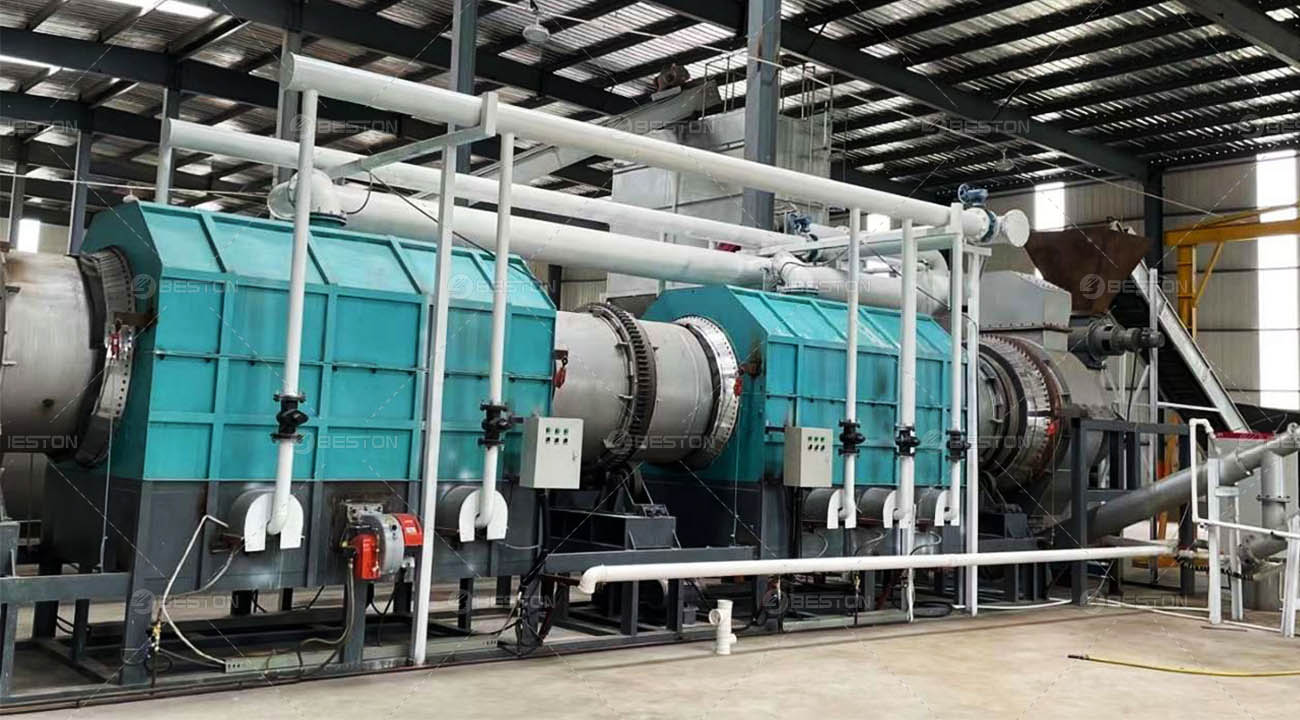Introduction
In the ever-evolving landscape of green technology, the advancement of biochar pyrolysis equipment holds promising potential for sustainable waste management and resource recovery. This article delves into the future of biochar pyrolysis, exploring the technological strides that are shaping the next generation of green tech.
Current State of Biochar Pyrolysis Equipment
Overview of Existing Technologies Biochar pyrolysis equipment encompasses a range of technologies employed to convert biomass into biochar through controlled thermal decomposition. Current methods include rotary kilns, fluidized bed reactors, and microwave pyrolysis. Understanding these technologies is fundamental to grasping the innovations on the horizon.
Challenges and Opportunities in Current Equipment While existing biochar pyrolysis equipment has demonstrated efficacy, challenges persist. Issues like inconsistent biochar quality and energy-intensive processes create avenues for improvement. Identifying these challenges presents opportunities for refining and advancing the technology.
Emerging Technological Trends
Integration of Smart Sensors and Automation The future of biochar pyrolysis lies in the seamless integration of smart sensors and automation. Real-time monitoring of temperature, pressure, and gas composition enhances control precision. Automation streamlines the process, ensuring optimal conditions and minimizing resource wastage.
Advanced Pyrolysis Reactor Designs
Innovative reactor designs are at the forefront of next-gen biochar pyrolysis. From modular reactors to novel heat exchange systems, these designs aim to enhance efficiency, scalability, and adaptability. Exploring these advancements reveals the transformative potential of evolving reactor technologies.

Enhanced Efficiency and Yield
Catalytic Pyrolysis Innovations Catalytic pyrolysis introduces a catalytic agent into the process, accelerating the breakdown of biomass. This innovation not only reduces process time but also enhances biochar yield and quality. Investigating the catalytic frontier unveils new dimensions in the efficiency of biochar production.
Improved Heat Recovery Systems Efficient heat recovery is a focal point for future biochar pyrolysis equipment. Advanced systems capture and reuse excess heat, optimizing energy consumption. These systems contribute not only to environmental sustainability but also to the economic viability of biochar production.
Environmental Impact and Sustainability
Carbon Capture and Utilization Biochar, as a carbon-rich material, has the potential to become a valuable tool in carbon capture and utilization. Exploring ways to enhance carbon sequestration through biochar opens avenues for sustainable waste management and climate change mitigation.
Energy-Efficient Pyrolysis Processes The future of biochar pyrolysis embraces energy-efficient processes. From utilizing renewable energy sources to implementing innovative heating technologies, the goal is to minimize the environmental footprint of biochar production while ensuring sustained energy efficiency.
Future Prospects and Industry Outlook
Role in Circular Economy Practices The integration of biochar reactor into circular economy practices is a transformative prospect. From converting agricultural residues to managing organic waste, biochar production aligns with circular economy principles, contributing to resource efficiency and waste reduction.
Global Initiatives and Collaborative Research International initiatives and collaborative research efforts shape the future trajectory of biochar pyrolysis equipment. Collaborations between research institutions, industry players, and governments foster innovation, enabling a collective approach to sustainable biochar production on a global scale.
In conclusion, the future of biochar pyrolysis equipment promises a convergence of efficiency, sustainability, and technological innovation. By embracing emerging trends and addressing current challenges, the next generation of biochar pyrolysis equipment is poised to play a pivotal role in advancing green technology for a more sustainable future.

Comments
No comments yet. Be the first to react!